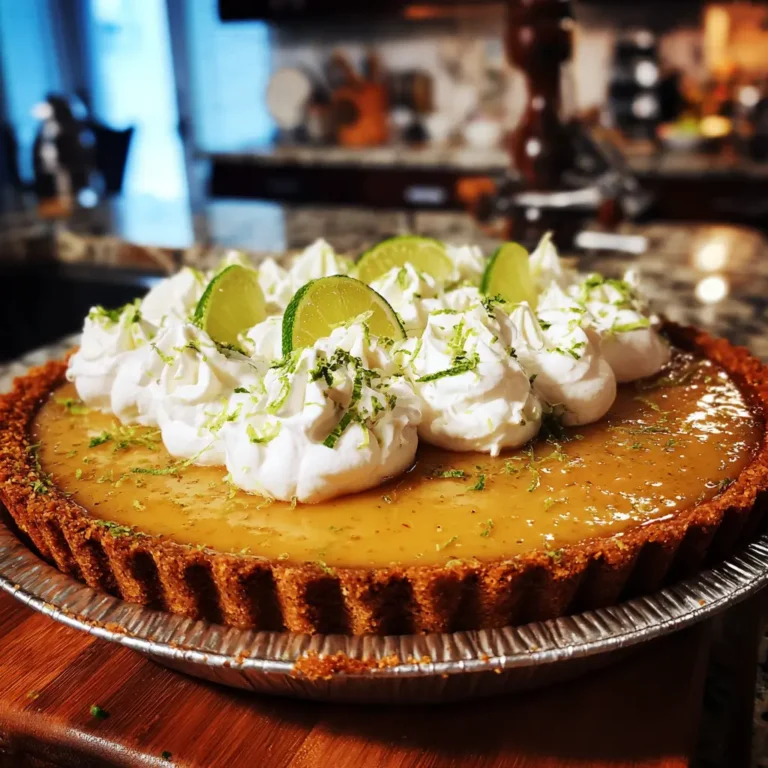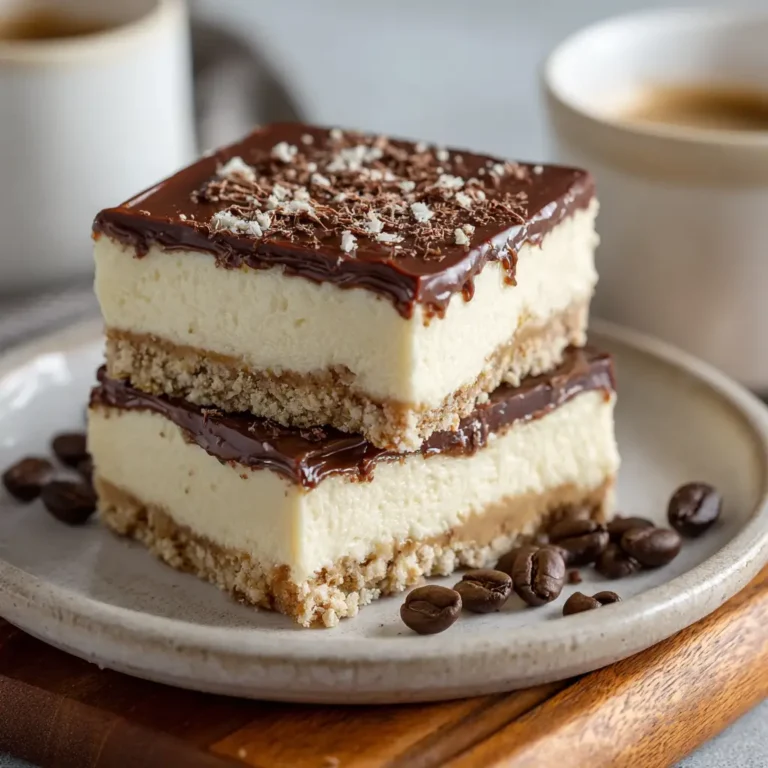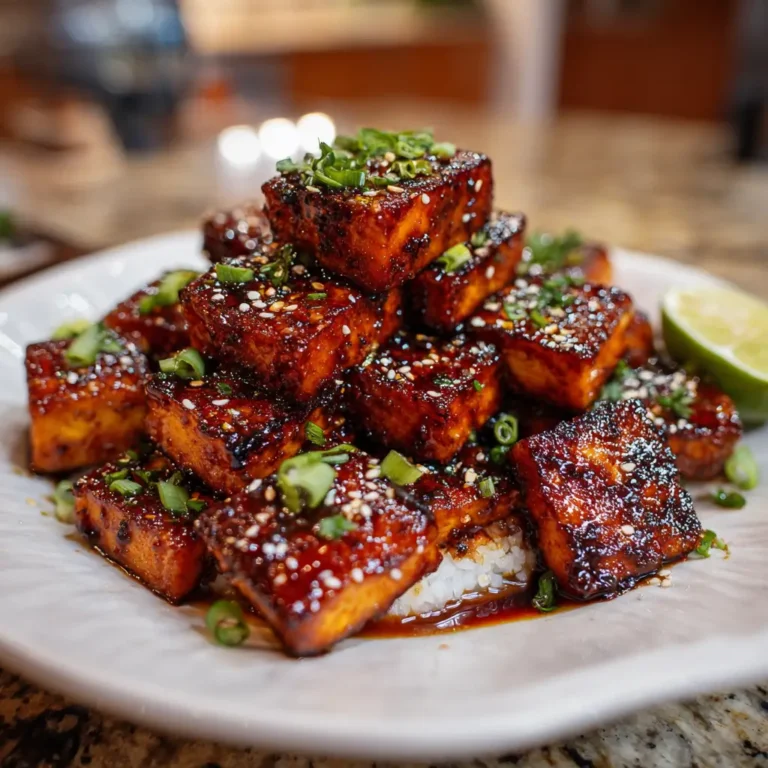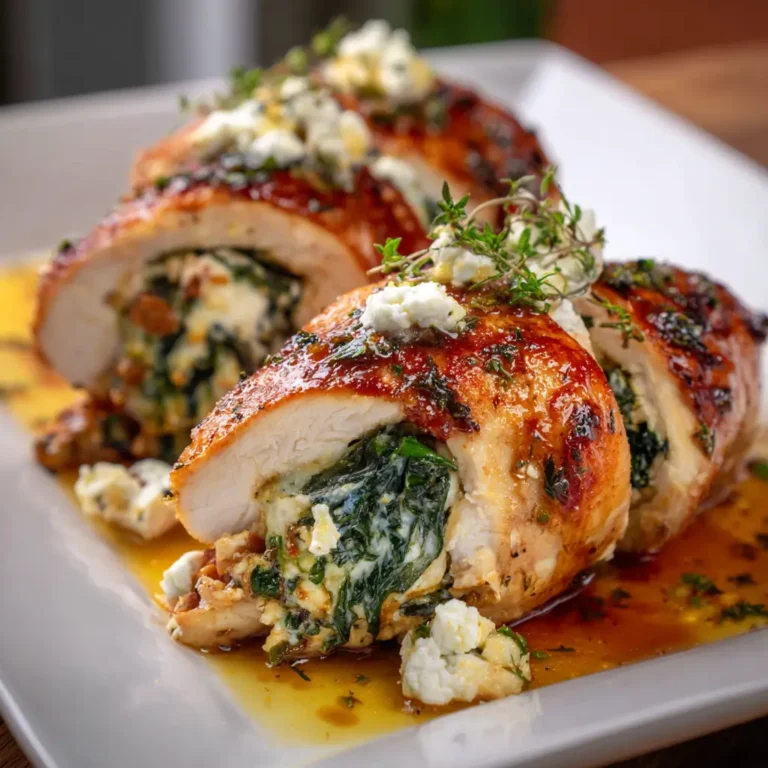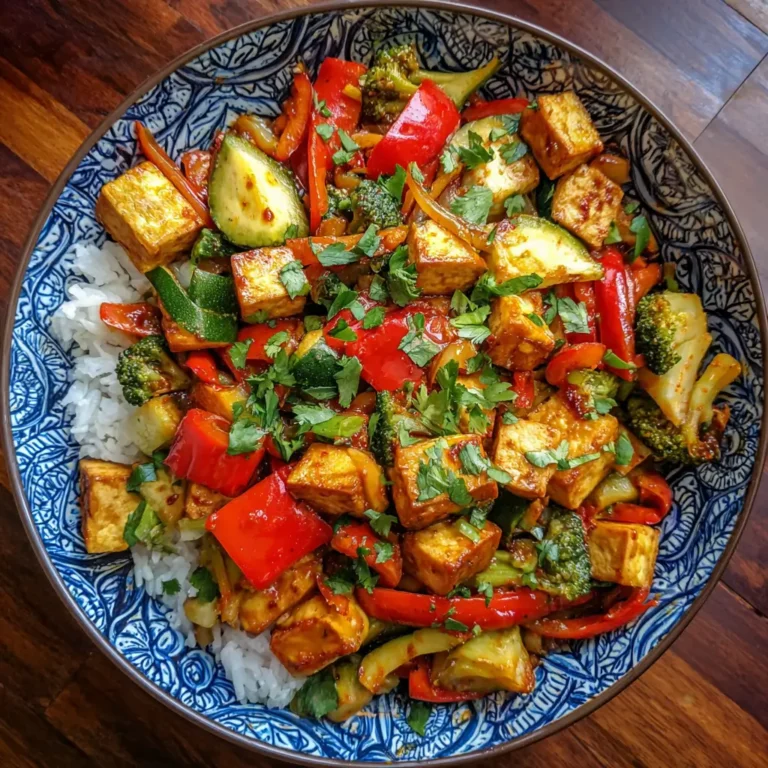Cranberry Orange Oil Cake
Cranberry Orange Oil Cake: A Zesty, Moist Delight for Every Season
The Cranberry Orange Oil Cake is a beloved dessert that marries the bright tang of citrus with the tart pop of cranberries in an irresistibly moist crumb. Whether served at holiday gatherings, afternoon teas, or as a comforting treat on a chilly winter day, this cake delights with its vibrant flavor and tender texture. Its popularity has grown over the years due to its unique use of oil instead of butter, which not only enhances moisture but also makes it accessible to those avoiding dairy.
The History of Cranberry Orange Oil Cake
The origins of the Cranberry Orange Oil Cake can be traced back to mid-20th century American baking traditions, particularly during the rise in popularity of vegetable oil-based cakes. As home bakers began experimenting with oil in place of butter—driven by both availability and the pursuit of softer textures—recipes like the “pineapple upside-down cake” and “carrot cake” paved the way for fruit-forward oil cakes. The addition of cranberries, a native North American berry historically used by Indigenous peoples and later embraced in colonial cooking, brought seasonal flair and nutritional value. Oranges, introduced via global trade routes, added brightness and acidity that balanced the cake’s richness.
By the 1970s and 80s, food magazines and community cookbooks frequently featured variations of citrus-oil cakes, often highlighting seasonal ingredients. The pairing of orange and cranberry became especially popular around Thanksgiving and Christmas, when fresh cranberries were abundant. Over time, bakers refined these recipes, incorporating sour cream or yogurt for extra tenderness and layering in spices like cinnamon or cardamom for warmth. Today, the Cranberry Orange Oil Cake stands as a modern classic—nostalgic yet adaptable, simple yet elegant.
Ingredients Breakdown: Why Each One Matters
The magic of this cake lies in the thoughtful selection and balance of ingredients. Let’s take a deep dive into each component:
- All-Purpose Flour: Provides the structural backbone of the cake. It contains just the right amount of gluten-forming proteins to give the cake structure without making it tough.
- Granulated Sugar: Sweetens the cake and helps create a fine, tender crumb by interfering with gluten development. It also contributes to browning during baking.
- Baking Powder & Baking Soda: These leavening agents work together to lift the batter. Baking powder provides most of the rise, while baking soda reacts with acidic ingredients (like orange juice and yogurt) for additional lift and tenderness.
- Salt: Enhances all other flavors and balances sweetness.
- Ground Cinnamon (optional): Adds warmth and complements the tartness of cranberries. While optional, it deepens the flavor profile significantly.
- Vegetable Oil: Unlike butter, oil remains liquid at room temperature, ensuring the cake stays moist even days after baking. Neutral oils like canola or grapeseed won’t overpower the citrus notes.
- Eggs: Bind the ingredients together, add richness, and contribute to structure and leavening through their protein content.
- Orange Zest: Packed with aromatic essential oils, zest delivers intense citrus flavor without adding excess liquid. Always use organic oranges if possible, since you’re consuming the peel.
- Fresh Orange Juice: Adds natural sweetness, acidity, and moisture. Freshly squeezed is best—bottled juice lacks vibrancy and may contain preservatives.
- Plain Yogurt or Sour Cream: Adds fat and acidity, improving moisture retention and creating a velvety crumb. The lactic acid also activates the baking soda.
- Fresh or Frozen Cranberries: Tart and juicy, cranberries burst during baking, releasing their juices and creating pockets of bright flavor. If using frozen, do not thaw—they’ll bleed color less and maintain shape better.
- Vanilla Extract: Rounds out the flavor, enhancing sweetness and adding depth.
- Powdered Sugar (for glaze): Used optionally in a citrusy glaze to add shine and subtle sweetness.
- Additional Orange Juice (for glaze): Thins the powdered sugar into a pourable consistency.
Step-by-Step Recipe: How to Make the Perfect Cranberry Orange Oil Cake
Follow these detailed instructions to bake a foolproof, bakery-quality cake every time.
Preparation
- Preheat Oven: Set your oven to 350°F (175°C). Position the rack in the center to ensure even baking.
- Prepare Pan: Grease a 9-inch bundt pan or loaf pan thoroughly with nonstick spray or softened butter. For extra insurance against sticking, lightly flour the greased surface or use a baking-specific release spray.
Dry Ingredients
- In a medium bowl, whisk together 2 cups (250g) all-purpose flour, 1 cup (200g) granulated sugar, 1½ teaspoons baking powder, ½ teaspoon baking soda, ¼ teaspoon salt, and ½ teaspoon ground cinnamon (if using). Sifting is optional but recommended for a lighter texture.
Wet Ingredients
- In a large mixing bowl, combine ½ cup (120ml) vegetable oil, 2 large eggs, 1 tablespoon finely grated orange zest (from about 1 large orange), ½ cup (120ml) fresh orange juice, ½ cup (120g) plain yogurt or sour cream, and 1 teaspoon vanilla extract. Whisk until smooth and well blended.
Combine Wet and Dry Mixtures
- Gradually add the dry ingredients to the wet mixture. Use a spatula or wooden spoon to fold gently until just combined. Do not overmix—this prevents gluten development and keeps the cake tender.
Add Cranberries
- Gently fold in 1½ cups (about 150g) fresh or frozen cranberries. If desired, toss the cranberries in 1 tablespoon of flour before adding to prevent them from sinking to the bottom of the batter.
Transfer to Pan and Bake
- Pour the batter into the prepared pan, smoothing the top with an offset spatula for even rising.
- Bake for 45–55 minutes for a bundt pan, or 50–60 minutes for a loaf pan, or until a wooden skewer inserted into the center comes out clean or with just a few moist crumbs.
- The cake is done when the top springs back lightly when touched and begins to pull away slightly from the edges of the pan.
Cooling
- Let the cake cool in the pan for 15 minutes. Then, carefully invert it onto a wire rack to cool completely. If using a loaf pan, run a knife around the edges before removing.
Optional Glaze
- While the cake cools, prepare the glaze: In a small bowl, whisk 1 cup (120g) powdered sugar with 2–3 tablespoons fresh orange juice until smooth and drizzle-able.
- Once the cake is completely cool, drizzle the glaze over the top. Allow it to set for 10–15 minutes before slicing.
Tips for Success: Expert Advice for the Best Results
- Use Room Temperature Eggs: They blend more evenly into the batter, resulting in a uniform texture.
- Don’t Overmix: Once flour is added, mix only until no streaks remain. Overmixing leads to a dense, chewy cake.
- Measure Flour Correctly: Spoon flour into your measuring cup and level off with a knife. Scooping directly packs the flour, leading to dryness.
- Zest Before Juicing: It’s much easier to grate the zest from a whole orange than from a halved one.
- Prevent Sticking: Bundt pans have intricate designs that trap cake. Be thorough with greasing, or consider using a nonstick bundt pan specifically designed for delicate cakes.
- Check Early: Ovens vary. Start checking for doneness at 40 minutes to avoid overbaking.
- Cool Properly: Cooling for 15 minutes in the pan sets the structure, but leaving it too long can cause condensation and stickiness.
- Storage Tip: This cake improves overnight! Flavors meld and moisture distributes evenly.
Variations and Customizations
This recipe is highly adaptable—here are creative ways to make it your own:
- Lemon Variation: Swap orange zest and juice for lemon. Pair with blueberries for a Lemon Blueberry Oil Cake.
- Gluten-Free: Substitute the all-purpose flour with a high-quality 1:1 gluten-free baking blend. Add ¼ teaspoon xanthan gum if not already included.
- Vegan Option: Replace eggs with flax eggs (2 tablespoons ground flaxseed + 5 tablespoons water), use plant-based yogurt, and ensure sugar is vegan-certified.
- Nutty Crunch: Fold in ½ cup chopped walnuts, pecans, or almonds for added texture.
- Spice It Up: Add ¼ teaspoon nutmeg, allspice, or ginger along with the cinnamon for a spiced version perfect for fall.
- Dried Fruit Swap: Replace cranberries with dried cherries, apricots, or golden raisins (soak in warm orange juice first to plump).
- Chocolate Twist: Add ½ cup white chocolate chips for a sweet-tart contrast.
- Muffin Version: Divide batter into a lined muffin tin and bake at 350°F for 20–25 minutes.
- Mini Loaves: Great for gifts—divide into four 5×3 inch loaf pans and bake for 30–35 minutes.
- Almond Flavor: Add ½ teaspoon almond extract and replace 2 tablespoons of oil with almond oil for a sophisticated twist.
Health Considerations and Nutritional Value
While undeniably a dessert, the Cranberry Orange Oil Cake offers some nutritional advantages over traditional butter-based cakes:
- Heart-Healthy Fats: Vegetable oils like canola or sunflower are rich in unsaturated fats, which support cardiovascular health when consumed in moderation.
- Antioxidant-Rich Cranberries: Known for their high antioxidant content, particularly proanthocyanidins, cranberries may help prevent urinary tract infections and reduce inflammation.
- Vitamin C Boost: Fresh orange juice and zest provide a meaningful dose of vitamin C, supporting immune function and skin health.
- Lower Saturated Fat: Compared to butter-heavy cakes, this version uses oil, reducing saturated fat content.
- Probiotics (with yogurt): Using live-culture yogurt introduces beneficial bacteria, though heat during baking reduces viability.
That said, this cake is still moderately high in sugar and calories. A typical slice (1/10 of a bundt cake) contains approximately:
- Calories: 320–360
- Total Fat: 14–18g (mostly unsaturated)
- Saturated Fat: 2–3g
- Carbohydrates: 50–55g
- Sugars: 30–35g (including natural sugars from fruit)
- Protein: 4–5g
- Fiber: 1–2g (can be increased by adding whole wheat flour or oats)
To make it healthier:
- Reduce sugar by ¼ cup; the cranberries and orange provide natural sweetness.
- Replace half the oil with unsweetened applesauce or mashed banana.
- Use whole wheat pastry flour for added fiber.
- Omit the glaze or use a dusting of powdered sugar instead.
- Serve in smaller portions with a dollop of Greek yogurt.
Full Ingredient List
Makes one 9-inch bundt or loaf cake (8–10 servings)
- 2 cups (250g) all-purpose flour
- 1 cup (200g) granulated sugar
- 1½ teaspoons baking powder
- ½ teaspoon baking soda
- ¼ teaspoon salt
- ½ teaspoon ground cinnamon (optional)
- ½ cup (120ml) neutral vegetable oil (canola, grapeseed, or sunflower)
- 2 large eggs, room temperature
- 1 tablespoon finely grated orange zest (about 1 large orange)
- ½ cup (120ml) fresh orange juice
- ½ cup (120g) plain yogurt or sour cream
- 1 teaspoon pure vanilla extract
- 1½ cups (150g) fresh or frozen cranberries
- For the glaze (optional): 1 cup (120g) powdered sugar + 2–3 tablespoons fresh orange juice
Detailed Directions
- Preheat oven to 350°F (175°C). Generously grease and flour a 9-inch bundt or loaf pan.
- In a medium bowl, whisk together flour, sugar, baking powder, baking soda, salt, and cinnamon (if using). Set aside.
- In a large bowl, whisk oil, eggs, orange zest, orange juice, yogurt, and vanilla until smooth and emulsified.
- Gradually add the dry ingredients to the wet mixture, folding gently with a spatula until just combined. Do not overmix.
- Toss cranberries with 1 tablespoon of flour, then gently fold into the batter until evenly distributed.
- Pour batter into the prepared pan and smooth the top.
- Bake for 45–55 minutes (bundt) or 50–60 minutes (loaf), until a toothpick comes out clean.
- Cool in the pan for 15 minutes, then transfer to a wire rack to cool completely.
- Prepare glaze by mixing powdered sugar and orange juice until smooth. Drizzle over cooled cake.
- Slice and serve at room temperature. Store leftovers covered at room temperature for up to 2 days or in the refrigerator for up to 5 days.
Frequently Asked Questions (FAQ)
Can I use dried cranberries instead of fresh?
Yes, but they lack the tart burst of fresh ones. Soak dried cranberries in warm orange juice for 10 minutes to plump them before adding.
Why did my cake stick to the pan?
Insufficient greasing or skipping the flour coating are common causes. Always grease thoroughly, especially in crevices. Nonstick sprays with flour (like Baker’s Joy) work best.
Can I freeze this cake?
Absolutely. Wrap tightly in plastic wrap and foil, then freeze for up to 3 months. Thaw at room temperature. Glaze after thawing.
Can I make this cake ahead of time?
Yes—it actually tastes better the next day! Bake, cool, and store covered at room temperature. Add glaze just before serving.
What can I substitute for yogurt?
Sour cream, buttermilk, or even cottage cheese (blended smooth) work well. For a dairy-free option, use coconut or almond-based yogurt.
Can I use bottled orange juice?
Freshly squeezed is strongly recommended. Bottled juice often contains preservatives and lacks the bright flavor needed for this cake.
How do I keep the cranberries from sinking?
Toss them in a tablespoon of flour before folding into the batter. This helps them stay suspended.
Is this cake suitable for special diets?
With modifications, yes. Use gluten-free flour, vegan substitutes, and reduced sugar to accommodate various dietary needs.
Can I add a filling or topping?
Try a streusel topping (mix brown sugar, flour, cinnamon, and cold butter) before baking, or swirl in raspberry jam for a marbled effect.
Why use oil instead of butter?
Oil creates a more uniformly moist crumb that lasts longer. Butter adds flavor but solidifies when cool, potentially drying out the texture.
Summary
The Cranberry Orange Oil Cake is a moist, flavorful dessert that combines the zesty brightness of orange with the bold tartness of cranberries, all in a tender, oil-based crumb that stays fresh for days. Easy to customize and perfect for any season, it’s a timeless treat that delights both novice bakers and seasoned cooks alike.

